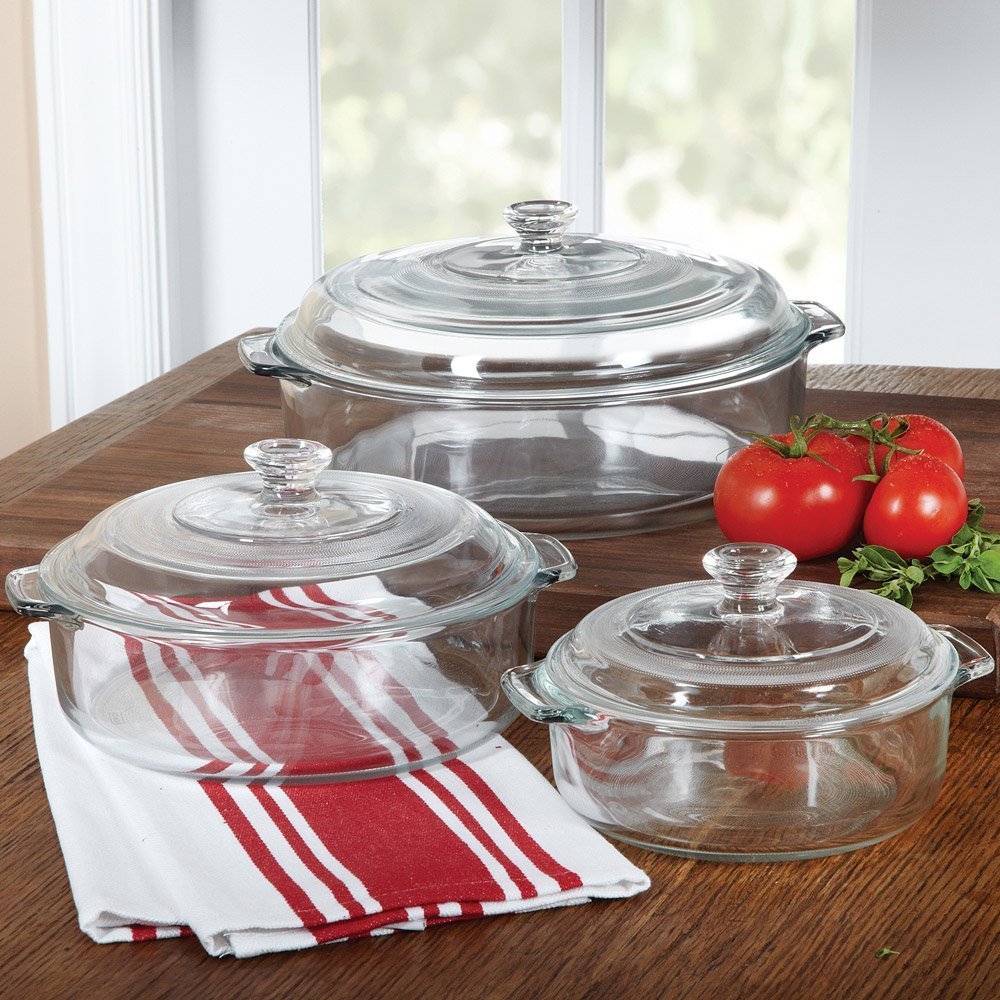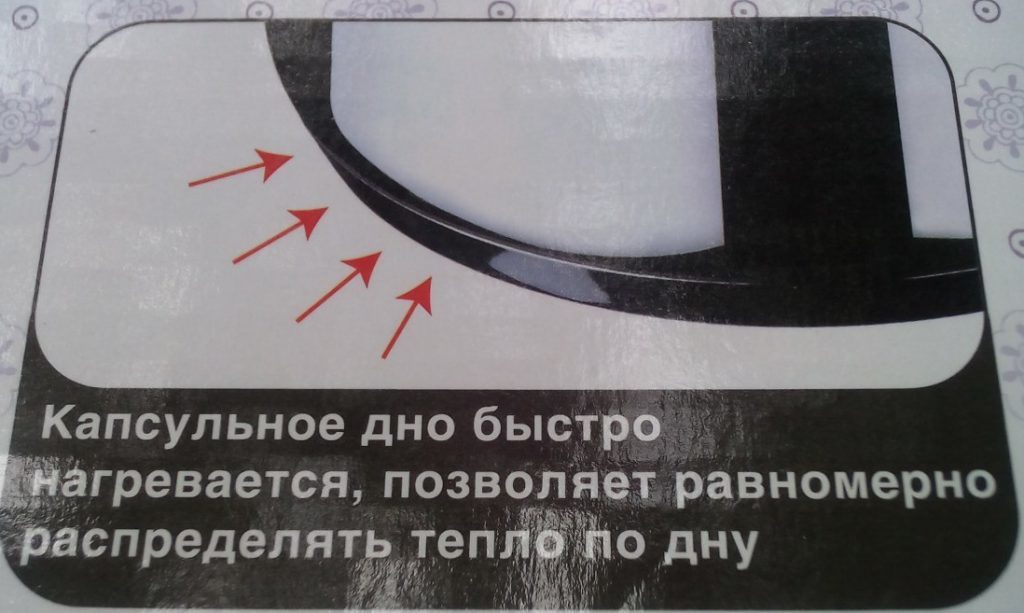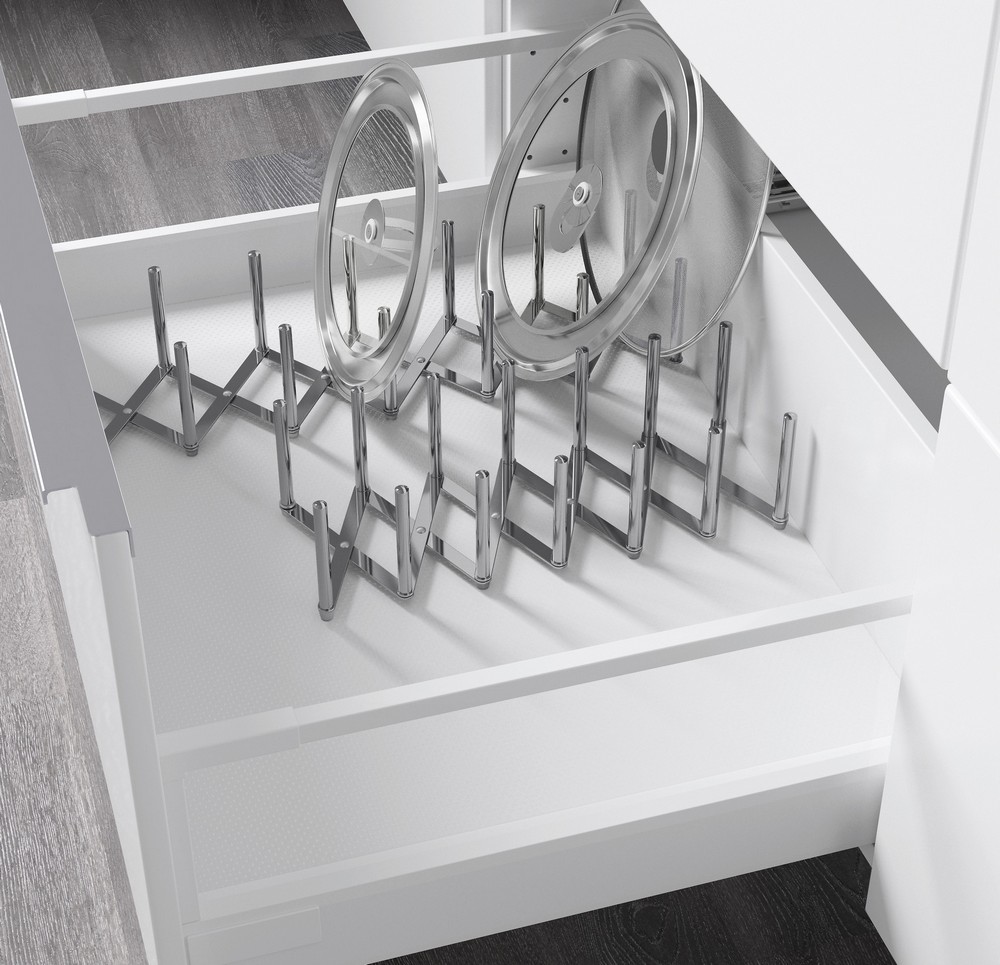Often the speed, ease of preparation, as well as the taste of the finished dish depends on the pan used. pottery utensils are made of various materials, have a different shape, volume and purpose. All this must be considered when buying a pot.
Pot classification by material
The content of the article
-
Pot classification by material
- Aluminum cookware
- Enameled
- Stainless steel
- Cast iron
- Heat resistant glass
- Ceramic
- Made of silicone
- Non-stick
- Types of pans for special tasks
- Different sizes of pots
The purpose and characteristics of the pots depend on the material from which they are made. One material is durable and well tolerates high temperatures. The other is more practical and convenient to use.
For the manufacture of pots use:
- cast iron;
- aluminum;
- glass;
- ceramics;
- stainless steel
- silicone.
Each of the materials has its own characteristics. Some are suitable for use with induction cookers, others are universal. To choose the most suitable option, you should familiarize yourself with the characteristics, advantages and disadvantages of each option.
Aluminum cookware
Kitchen utensils made of aluminum are the most common. Such products are multifunctional - you can cook or fry them.
The pluses include:
- light weight;
- low cost;
- fast heating.

Cons are:
- aluminum is a soft material, therefore, it is easily deformed;
- darkens with time;
- can enter into a chemical reaction with food - this leads to a change in the taste of the products.
Modern models are made of cast metal. In them you can not only cook, but also stew, fry. But even this option tends to oxidize, so you can’t store cooked dishes in an aluminum pan.
Reference! To prevent the oxidation of aluminum, make non-stick pans. In such dishes you can cook any products.
It is necessary to choose a pan with thickened walls and a bottom, with a tight-fitting lid. Handles must be bolted.
Enameled
Light and beautiful enameled pots are in great demand among housewives. The coating completely eliminates the contact of products and metal. This prevents oxidation and possible ingress of harmful substances into dishes. Durable, practical dishes have the following advantages:
- water boils quickly in it;
- You can store ready meals;
- It is inexpensive;
- tolerates temperature extremes.
The disadvantage of such dishes is the fragility of the coating. To care for such kitchen utensils, you can not use coarse metal brushes, abrasive cleaners. Also, the enamel must not come into contact with acidic substances.
Attention! When choosing enameled dishes, you need to look at the color of the coating inside the pan. Safe are: white, brown, black. Other colors indicate that dyes were used.
Stainless steel
Stainless steel kitchenware is not only aesthetically pleasing. Such products are practical, functional. You can cook any dishes in them - stainless steel is not subject to the formation of corrosion, which means the taste of the products will remain unchanged.
Advantages are:
- durability;
- resistance to mechanical stress.
The dishes are easy to care for. She is not afraid of metal brushes, scrapers, abrasive cleaners.
The disadvantages include:
- high price;
- over time, the product becomes dull, spots and stains may appear at the bottom;
- heats up for a long time.
Attention! Before buying, you need to pay attention to the walls of the product. If you plan to stew in the dishes, then you need to purchase a pan with a wall thickness of at least 1 mm.
Cast iron
Cast iron products have a long service life. The material quickly heats up and cools extremely slowly. Therefore, cast-iron cooking utensils are ideal for stewing, stewing, baking. Such products can be put in the oven, as well as in the Russian stove.
The advantages of the material are:
- durability - with proper care, cast-iron utensils can last several decades;
- resistance to mechanical stress;
- the presence of a natural non-stick coating, which is formed from oil that has absorbed into the porous surface of the metal.

Disadvantages of cast iron cookware:
- weight is the heaviest dish;
- the ability to wash only by hand;
- the inability to store finished dishes - cast iron is prone to rust;
- long heating, which leads to an increase in cooking time.
Attention! When buying cookware made of cast iron, pay attention to the surface and weight of the product. The surface must be porous and the product heavy.
Heat resistant glass
Glassware has become popular thanks to microwave ovens. This is practically the only kitchen utensil that can be used in a microwave.
Such pans are quite durable - the walls of the product are thick, it is difficult to damage or scratch them.
The pluses include:
- aesthetic appearance;
- products do not burn during cooking;
- keep heat well.
- easy care.

Disadvantages of glassware:
- can not be put on open fire without a special fire divider;
- does not tolerate a sharp change in temperature;
- dropping, you can break the product.
Attention! Before buying, you need to examine the walls of the product - there should be no air bubbles in the glass. Otherwise, the kitchenware may crack during cooking.
In glass kitchen utensils you can fry, bake, stew, bake.
Ceramic
For the manufacture of ceramic kitchen utensils, only natural materials are used. Therefore, in the cooking process, all useful substances, minerals, vitamins are preserved. Most often, ceramic pots are used that can be served right on the table.
Advantages of ceramics:
- universality: in ceramic dishes you can cook any dishes;
- cooking does not require a lot of oil;
- products do not stick;
- Suitable for all cooking options.

By cons include:
- high cost;
- fragility - if it falls or hits, it will break;
- does not tolerate a sharp change in temperature.
The product requires careful handling. If the glaze is damaged, the products will begin to burn.
Made of silicone
Food-grade silicone products are the most modern version of kitchen utensils. Despite the novelty, such dishes have already gained popularity among housewives.
Food grade silicone utensils are flexible, lightweight and versatile. It can be used for cooking on the stove, in the microwave or oven. Products in it do not stick.
Manufacturers produce unusual folding models, which will be a great option for small kitchens.
Non-stick
Teflon-coated products are one of the most popular types of cookware. During cooking, Teflon does not come in contact with food. Therefore, cooking is completely safe. Another plus of such products - a small amount of fat is required for cooking. But this utensil requires careful handling - Teflon is easy to scratch.
Types of pans for special tasks
On the shelves of shops, in addition to ordinary pots, you can see kitchen utensils that are used for specific tasks or cooking certain dishes:
- Stewpan. It looks like a frying pan with high sides. Suitable for preparing thick soups, sauces, stews.
- Milkman. A ladle with high sides, necessary for heating, boiling, cooking small portions of dishes, porridge.
- Ladle. Small pan with handle. Most often used for boiling eggs, cereals, boiling water.
- Kazan. Cookware with a thick bottom. It is necessary for cooking oriental dishes.
- Double boiler. It is a saucepan with a wire rack. Used for steaming.
- Casserole for pasta. Outwardly, it looks like a saucepan in which a colander is placed. Water is poured into a large container, after which a small saucepan with holes is installed in it. Pasta is poured into the container. After preparation, a “colander” is removed and allowed to drain the remaining water. It has a variety of vegetables. It differs in that instead of a "colander" a mesh with a long handle is used.
- Double bottom pan. Used for cooking cereals. The product has an additional bottom and walls. Water is poured into the resulting space, which ensures uniform heating of the saucepan. As a result, porridge does not burn, and the finished dish turns out to be tender. To taste, porridge is not inferior to that prepared in a Russian oven.
- With a frying pan lid. A multifunctional product, both parts of which can be used separately.

Different sizes of pots
In addition to materials, pans vary in size. Several main parameters can be distinguished:
- Diameter of bottom and cover.
- Height.
- The volume of the product.
Diameter is one of the most important characteristics that must be considered when choosing a product. It is necessary to know the size of the upper part in order to choose the right lid, the lower part - to select a pot suitable in size to the burner.
For a stove with gas burners, the bottom diameter is not a defining characteristic, since the flame intensity can be adjusted.
For a plate with a glass-ceramic coating, it is desirable to use pans whose bottom diameter coincides with the dimensions of the burners.
The bottom of the pan for the induction cooker is a closing circuit. If you use a small product, the stove may not turn on.
Tall pots with a small bottom diameter are used to make spaghetti. Water in such models evaporates slowly during boiling.
The volume must be taken into account, determining what the pan will be used for:
- 1-3 l - the best option for cooking small portions of dishes, cereal, boiling;
- 3-5 l - used for cooking soups, meat, pasta and other products;
- more than 5 l - a good option for making compotes, pickles.
Reference! Many chefs consider the pan one of the most important kitchen accessories, which affects the taste and appearance of the prepared dish.
Before buying, you need to determine the material, size, number of items, correctly choose comfortable pens and a cover. And then the dishes will last for many years, and the prepared dishes will be healthy and tasty.


